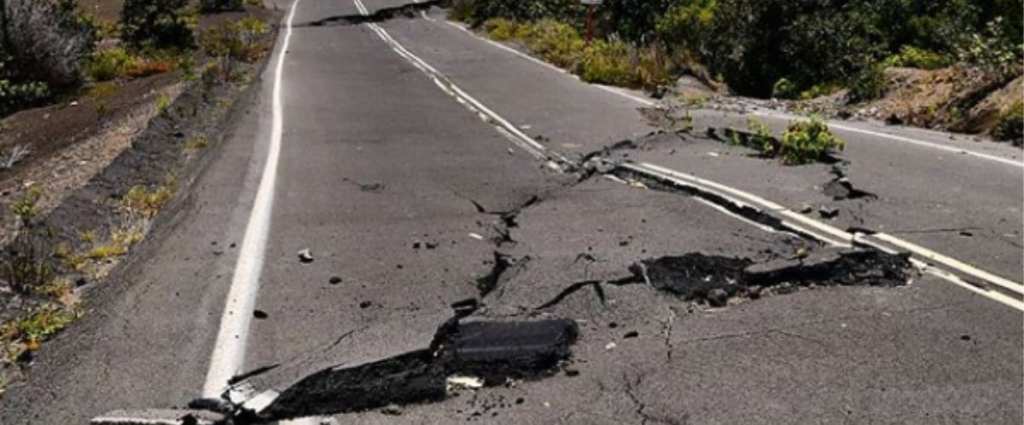A massive west coast earthquake may have been the subject of more than one Hollywood disaster movie, but that doesn’t mean that it’s not really going to happen.
And, according to scientists who are monitoring the San Andreas fault, the big one could be opening up any time.
Recently Thomas Jordan, the director of the Southern California Earthquake Center, announced that the fault appears to be existing in a critical state, meaning that a large, devastating earthquake is likely imminent.
“It looks like it’s locked, loaded, and ready to go.”
https://www.instagram.com/p/B0Gx8nUjSy2/
The San Andreas fault system is one of many that mark the border between the Pacific and North American tectonic plates, and it hasn’t had a major release of stress since 1857. The plates are constantly moving, which means that since then, stress has been constantly building.
Even if a “Big One” occurs, the fact that the tectonic plates along the San Andreas fault are sliding against each other and not under/on top of each other like the plates in Chile and Japan means that we’re likely expecting an event around a 7 on the Richter scale and not a catastrophic 9 or higher.
A reminder – the Richter scale is exponential, meaning that a 7 is 10x stronger than a 6. So a 9 would be 100x stronger than a 7.
https://www.instagram.com/p/B0Ydu2AHGw0/
That said, some scientists are pushing that estimation up to a possible 8.
Whether the event is a 7, 8, or 9, though, don’t expect a tsunami (the fault doesn’t run under the ocean) or a gaping chasm (the plates are sliding against each other, not apart), or any other massive changes to landscape a la Hollywood.
Scientists recently modeled a 7.8 magnitude earthquake in southern California, estimating a plate slippage of 2-7 meters, and found that the buildings straddling the fault would take the brunt of the hit. Luckily, ever since 1972, zoning restrictions have kept new construction clear of the area.
https://www.instagram.com/p/B0nnxaVAXTC/
That said, plenty of roads, fiber optic cables, gas pipes, and power lines do run across the fault zone.
Costs to repair the damage would run north of $30 billion, and, with fires likely, more damage could result that could drive that estimate higher.
The original quake is predicted to carry a death toll of around 1800 people, and with powerful and multiple aftershocks inevitable, those numbers would most likely rise (based on what occurred following the devastating 2011 earthquake that rocked Christchurch, New Zealand).
https://www.instagram.com/p/Bzq3FkGABnP/
Southern California will, without a doubt, feel massive effects when this earthquake inevitably hits – but they’re prepared, their (recent) buildings are designed well, and it kind of goes with the territory of deciding to live there.
It’s just the price of nice weather, ocean access, and palm tress, it would seem.






